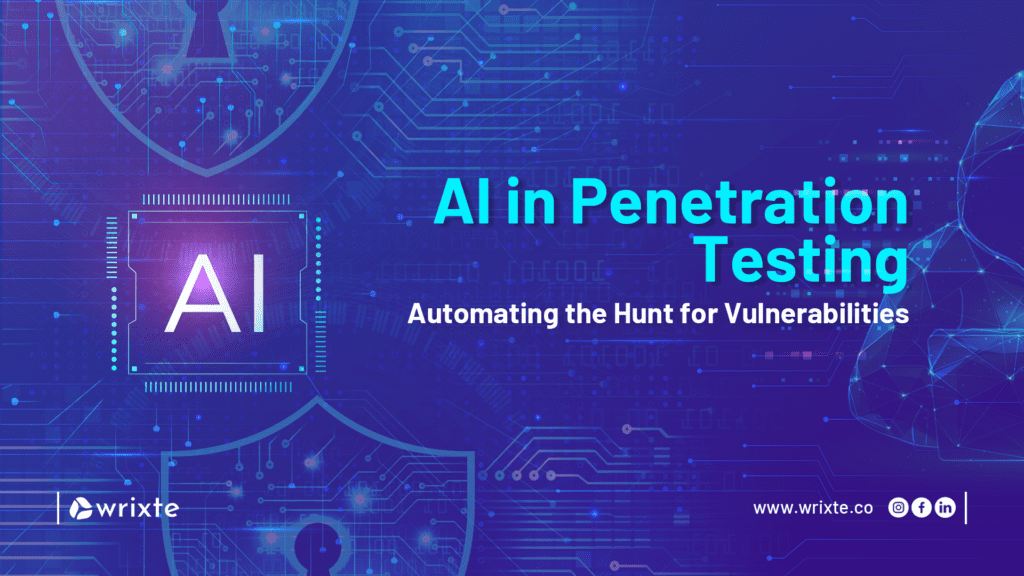The cybersecurity landscape is in constant flux, with new threats emerging every day. Traditional penetration testing, while effective, is becoming increasingly labor-intensive and time-consuming as the complexity and scale of IT environments grow. Enter AI-driven penetration testing—an innovative approach that leverages artificial intelligence to automate the detection of vulnerabilities and enhance the overall security posture of organizations.
The Evolution of Penetration Testing
Penetration testing, or pen testing, is a simulated cyberattack on a computer system, network, or web application to identify vulnerabilities that could be exploited by malicious actors. Traditionally, this process has been manual, requiring skilled security professionals to use various tools and techniques to probe for weaknesses. However, manual testing is not without limitations—it can be expensive, time-consuming, and may not cover all potential attack vectors.
The introduction of AI into penetration testing represents a significant leap forward. AI algorithms can automate repetitive tasks, analyze large datasets, and even simulate advanced attack strategies, reducing the time and resources required for comprehensive security assessments.
How AI Enhances Penetration Testing
- Automated Vulnerability Discovery: AI-powered tools can rapidly scan networks and systems to identify common vulnerabilities, such as outdated software, weak passwords, and misconfigured settings. By automating these preliminary checks, AI enables human testers to focus on more complex and nuanced vulnerabilities that require deeper analysis.
- Intelligent Exploitation Simulation: Beyond mere vulnerability scanning, AI can also simulate sophisticated exploitation attempts. Machine learning algorithms can mimic the behavior of skilled attackers, testing the effectiveness of security controls and revealing weaknesses that might not be evident through traditional testing methods.
- Adaptive Testing Strategies: AI can dynamically adapt its testing strategies based on the results of previous tests. For example, if an AI detects a specific type of vulnerability in one part of the network, it can adjust its approach to target similar weaknesses elsewhere, optimizing the testing process and uncovering hidden threats.
- Natural Language Processing (NLP) for Threat Intelligence: AI tools equipped with NLP capabilities can analyze unstructured data sources such as forums, social media, and the dark web to gather information on emerging threats. This intelligence can be integrated into penetration testing to simulate real-world attack scenarios based on the latest tactics used by cybercriminals.
- Data-Driven Risk Assessment: AI can analyze the results of penetration tests and correlate them with business-critical assets to prioritize vulnerabilities based on their potential impact. This risk-based approach ensures that security teams focus their efforts on the most critical issues, rather than being overwhelmed by a long list of low-priority findings.
Challenges and Considerations
While AI brings significant advantages to penetration testing, it is not without challenges:
- False Positives and Negatives: AI models may generate false positives (identifying vulnerabilities that don’t exist) or false negatives (missing real vulnerabilities), which can lead to misallocation of resources and a false sense of security.
- Complexity of Implementation: Integrating AI into penetration testing requires substantial investment in technology and expertise. Organizations must ensure that their AI tools are properly configured and continuously updated to remain effective against evolving threats.
- Ethical and Legal Implications: AI-driven penetration testing can raise ethical and legal concerns, particularly if automated tools are used to test live systems without proper authorization. Organizations must establish clear guidelines and obtain necessary permissions before conducting AI-powered tests.
The Future of AI in Penetration Testing
As AI technology continues to advance, its role in penetration testing is likely to expand. Future developments could include:
- AI-Driven Red Teams: Automated red teams powered by AI could conduct continuous, real-time testing of systems, providing organizations with an ongoing assessment of their security posture.
- Integration with DevSecOps: AI can be integrated into DevSecOps pipelines to automate security testing during the software development lifecycle, identifying and remediating vulnerabilities before applications are deployed.
- Advanced Behavioral Analysis: AI tools may evolve to conduct more sophisticated behavioral analysis, detecting subtle signs of insider threats or advanced persistent threats (APTs) that are difficult to identify through traditional methods.
Conclusion
AI is revolutionizing penetration testing by automating many of the tasks that were once manual and time-consuming. While there are challenges to overcome, the benefits of increased efficiency, enhanced detection capabilities, and adaptive testing strategies are clear. As cyber threats continue to evolve, AI-driven penetration testing will play an essential role in helping organizations stay one step ahead of potential attackers, safeguarding their digital assets in an increasingly hostile online environment.
By embracing AI in penetration testing, organizations can not only improve their security posture but also gain a deeper understanding of their vulnerabilities and the strategies needed to mitigate them. The future of cybersecurity is undoubtedly intertwined with AI, and its role in penetration testing is just the beginning.

